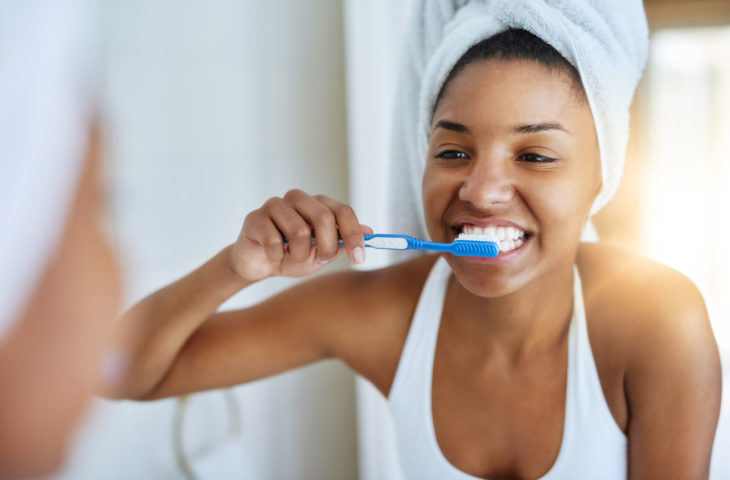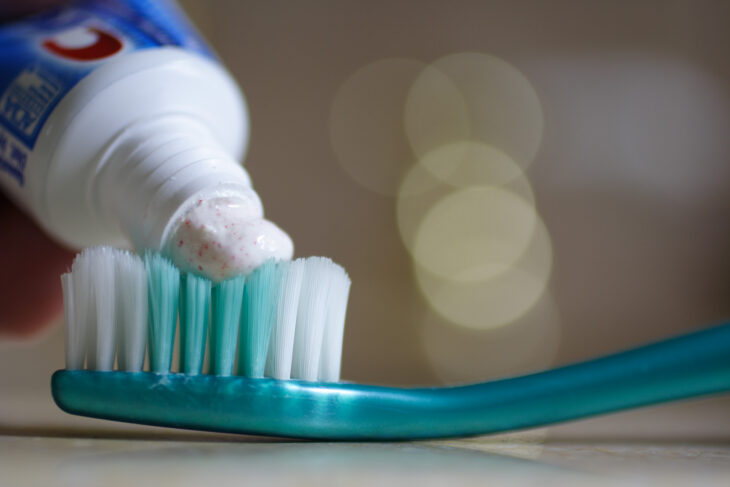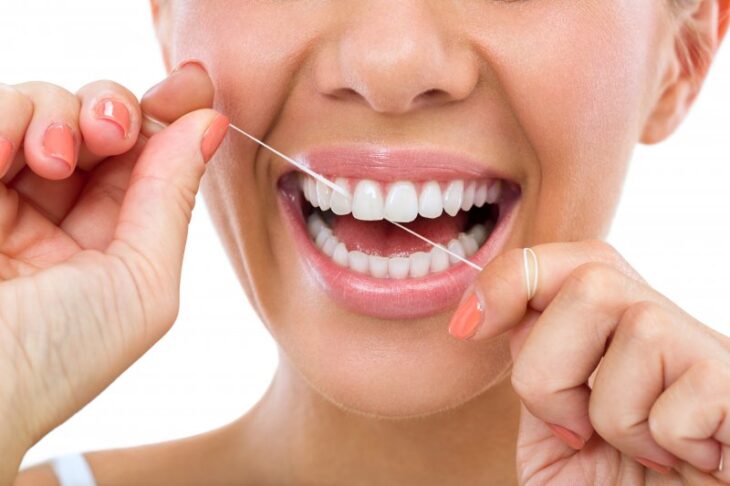Aging takes place in every cell, tissue, and organ of the human body, including the teeth and gums. The nerves in your teeth can become smaller as a natural part of aging. This means they are less sensitive, causing cavities and other dental problems unnoticed. But no matter your age, tooth decay can occur, depending on how vulnerable your teeth and gums are.
Although you can’t avoid the oral health changes that come with aging, you can do something to keep your teeth healthy even in your later years. It’s not age itself that directly causes damage to your teeth. The way you clean and take care of your dental health also has a significant impact.
Do you want to keep your teeth and gums strong and healthy as you age? Here’s a list of the proper techniques to look after your teeth. Keep on reading below.
Contents
1. Brush Your Teeth Properly

Source: medium.com
Brushing your teeth is an essential component of your oral health care routine. Unfortunately, while everyone knows the importance of tooth brushing, many don’t realize that there are correct and wrong ways to do it.
The brushing routines usually become on autopilot without thinking about whether it’s right. But paying attention to the details is vital to ensure effective dental hygiene. Dental service providers like Dental 359 recommend the following proper brushing techniques:
Brush at a 45-Degree Angle
Angling your toothbrush at a 45-degree angle can clean your teeth and gum line more effectively. It allows you to eliminate any trapped plaque or food debris on the inner surfaces of your teeth and gum line.
Use Short Circular Strokes
Brushing the teeth straight up and down or side-to-side is a common mistake that everyone makes. Doing this can cause damage and won’t help your teeth in the long run. Instead, use short circular strokes to focus on each tooth. And make sure not to press hard against your teeth and gum.
Take Enough Time
It’s easier to take a few movements with your brush and say done, especially when you’re in a hurry. But it’s essential to brush your teeth at least twice a day for two minutes each. Some people think they’re doing it this long, but it can be less than half a minute. Setting a timer may help you ensure that you’re taking enough time to brush your teeth.
2. Select the Appropriate Toothbrush

Source: healthline.com
The type of toothbrush you use might be a trivial matter, but it can help you better protect your teeth and gums while cleaning them. Of course, the right type depends on your unique needs. But generally, a toothbrush with soft bristles is the best choice and is often recommended by most dental professionals.
It’s effective in removing bacteria and plaque without irritating your gums. Note that not every soft-bristled toothbrush is the same. For example, you may need to experiment with the softness level and pick something that feels right for you. Also, choose a toothbrush with an ADA Seal of Acceptance to ensure its safety and efficacy.
3. Pay Attention to Your Toothpaste

Source: en.wikipedia.org
While toothpaste is only an added touch to your daily dental hygiene routine, it helps break down and remove plaque when you brush. But not all kinds of toothpaste are the same. Some may contain ingredients with additional benefits. Knowing this, it may help if you also pay attention to the toothpaste you’re using.
Here’s what you should look for when choosing your toothpaste:
- Fluoride: It’s the key ingredient that helps strengthen tooth enamel and reverse tooth decay. Make sure your toothpaste contains this cavity-fighting mineral.
- Flavoring: This may not impact the effectiveness of your toothpaste. But choosing a flavor that you like can help you keep a good brushing habit.
- Whitening Agents: These polishing agents can help get rid of more surface stains than regular toothpaste. But if you have sensitive teeth, they may cause pain and discomfort. You can find a whitening toothpaste that’s specifically designed for tooth sensitivity.
4. Floss Your Teeth Daily

Source: zumbrofamilydental.com
Flossing also plays a vital role in looking after your teeth. Note that plaque is the principal cause of tooth decay and gum diseases. While brushing your teeth is important, it can’t reach some areas, and plaque can get stuck.
You can floss your teeth at least once a day, and it’s best to do it before you go to sleep. Since there’s less saliva in your mouth when you’re sleeping, plaque is more concentrated and damaging. There are different types of floss, but most dentists recommend unwaxed floss. This is because it’s thinner and easier to move through the small gaps of your teeth.
5. Make Healthy Food Decisions

Source: deleciousfood.com
The foods you eat can affect the health of your teeth and gums. For example, consuming sugary snacks and drinks frequently can make you more at risk for tooth decay. When plaque comes into contact with sugar in your mouth, they produce acid that attacks the teeth and causes damage.
As much as possible, choose foods and beverages that are lowest in sugar. It’s also beneficial to consume foods rich in fiber as they can help fight against cavities and gum diseases. Also, drink plenty of water to keep your mouth clean and prevent plaque from building up.
One Last Note
Practicing proper oral hygiene is your best weapon against potential dental problems. It also keeps your teeth strong and healthy no matter your age. But having a regular dental checkup and cleaning is also crucial. Keep in mind that dental professionals are better equipped to remove plaque and tartar buildup more thoroughly. Plus, they can better spot early signs of dental issues.
